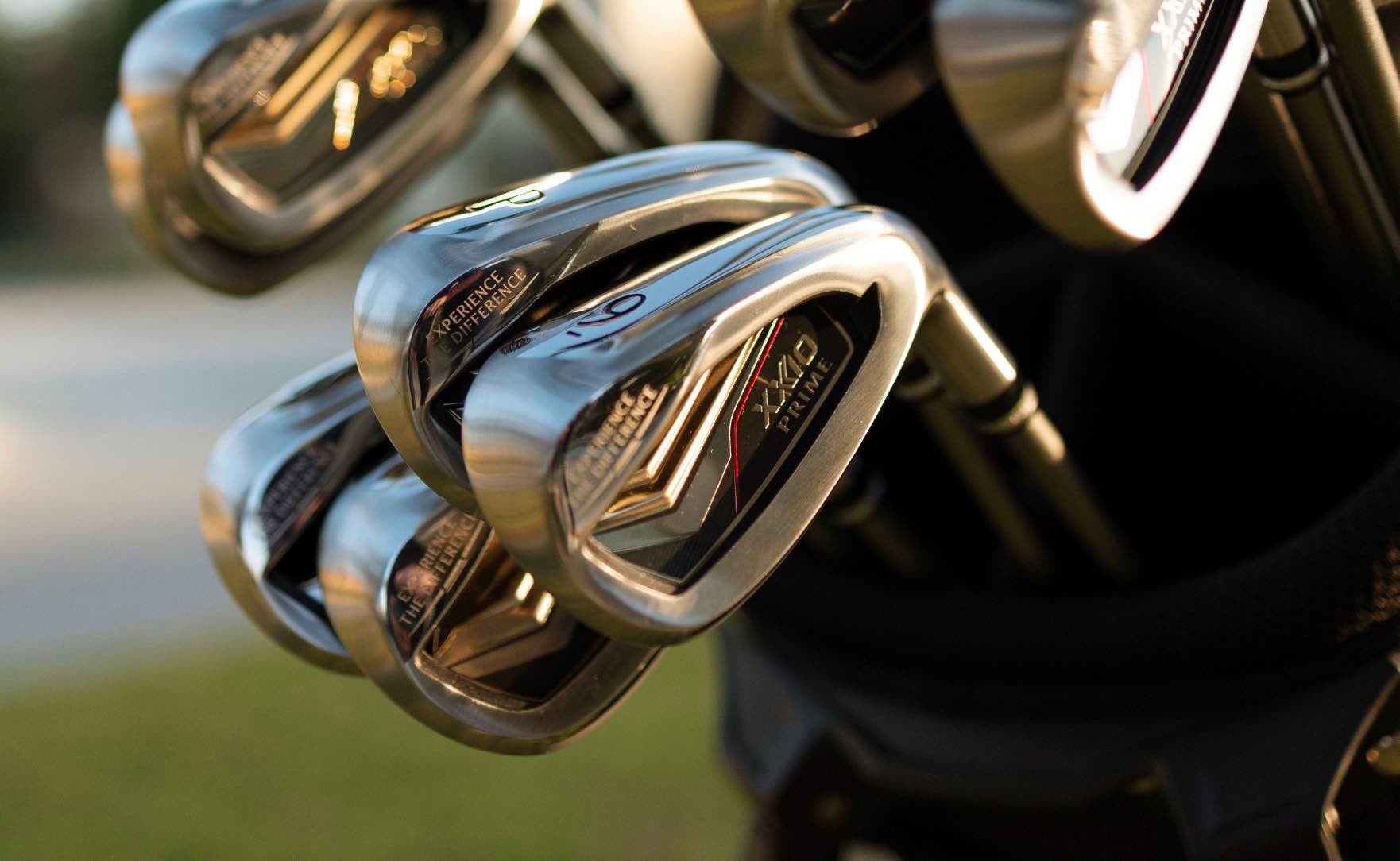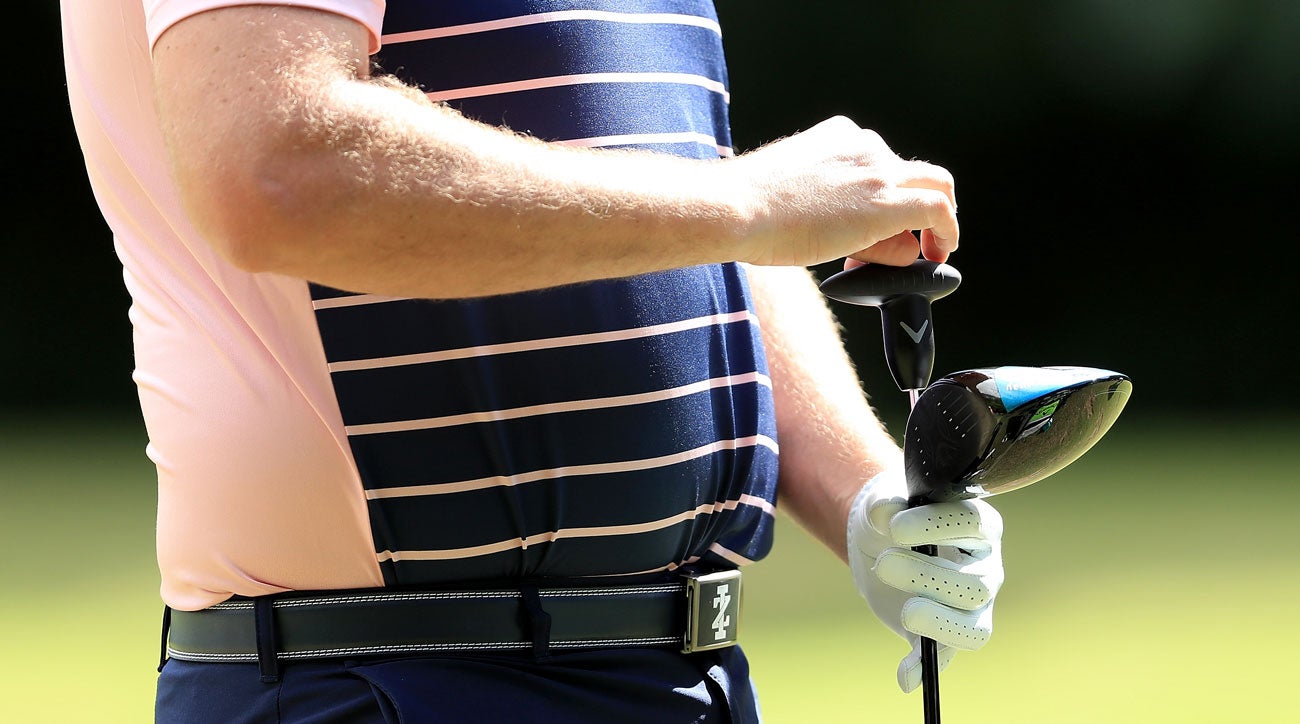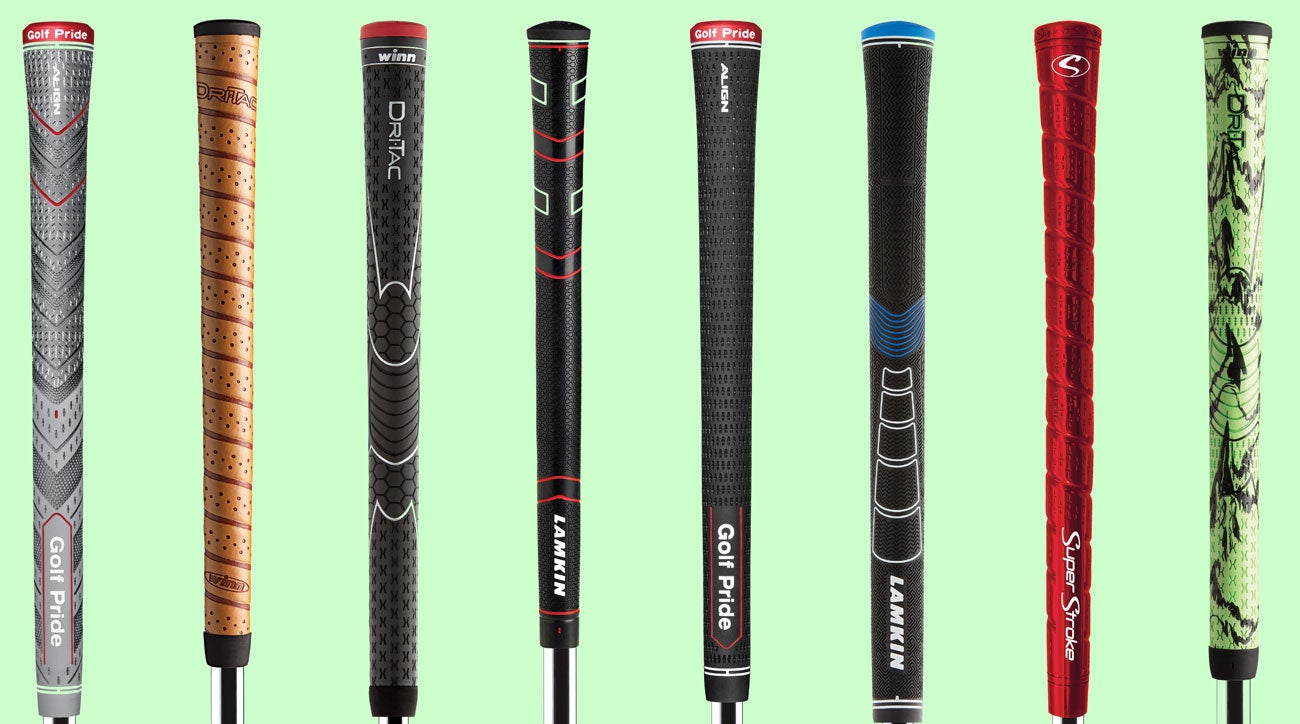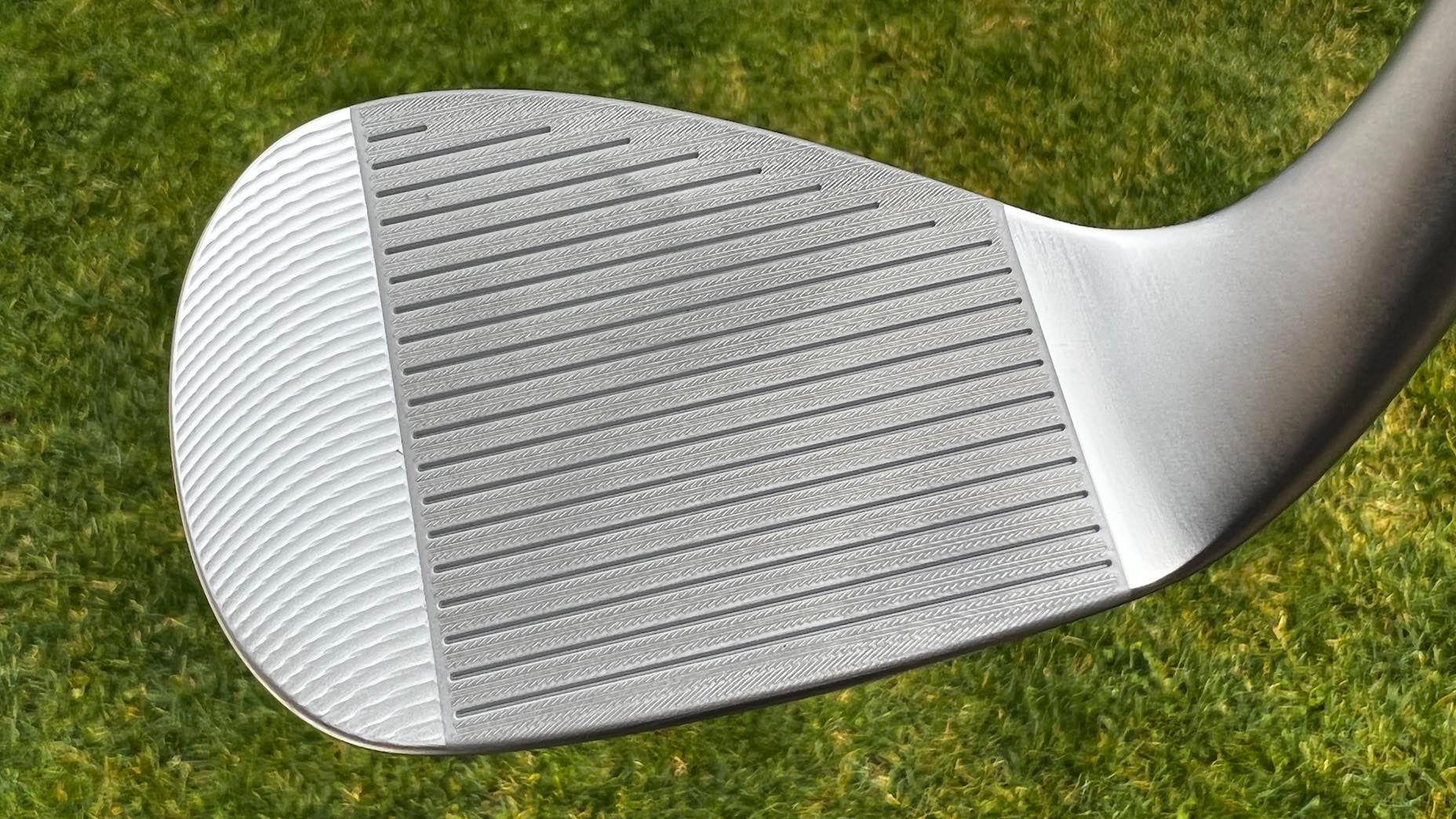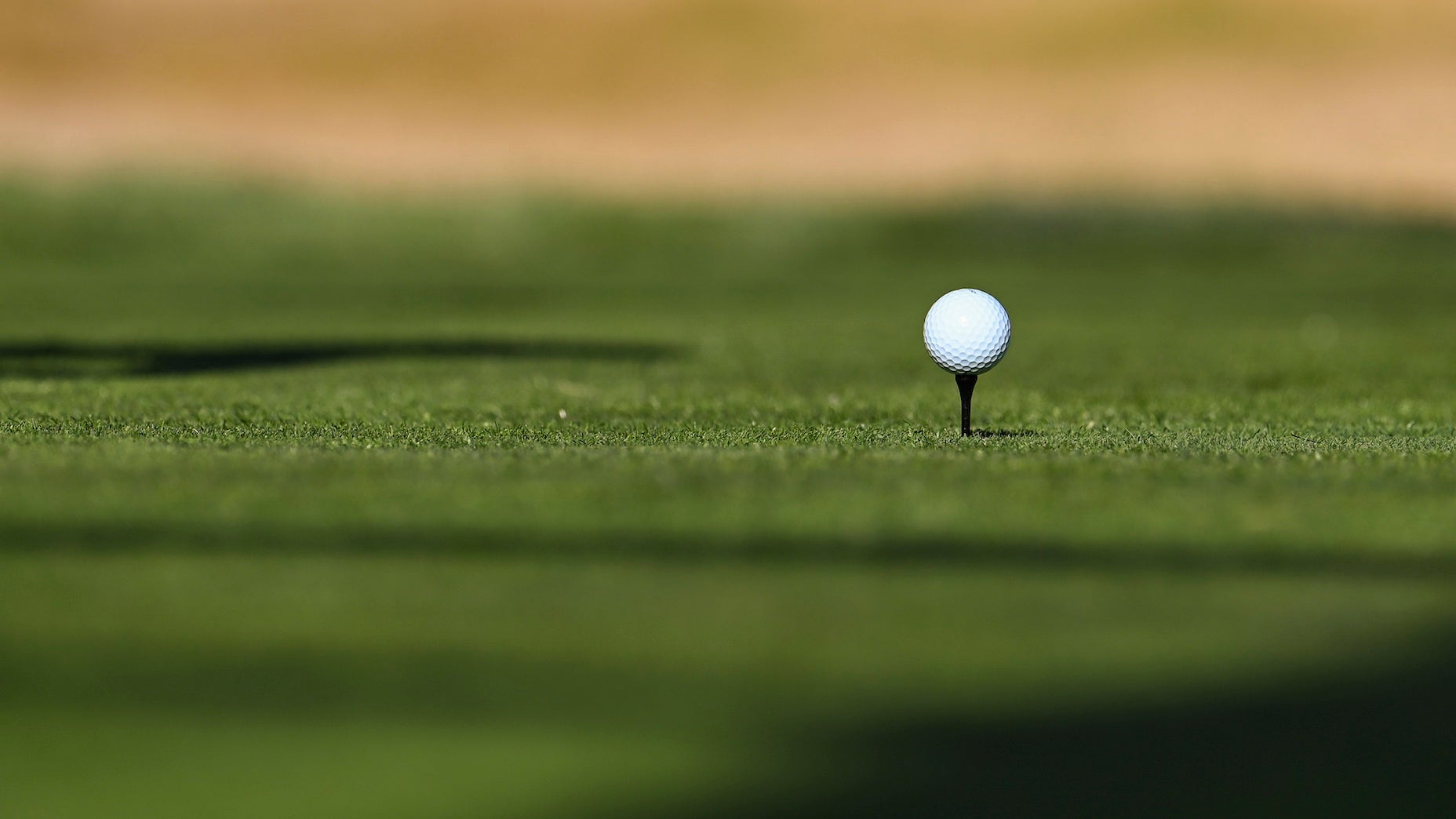Gear Questions You’re Afraid to Ask: Is a hybrid or utility iron a better choice for my game?
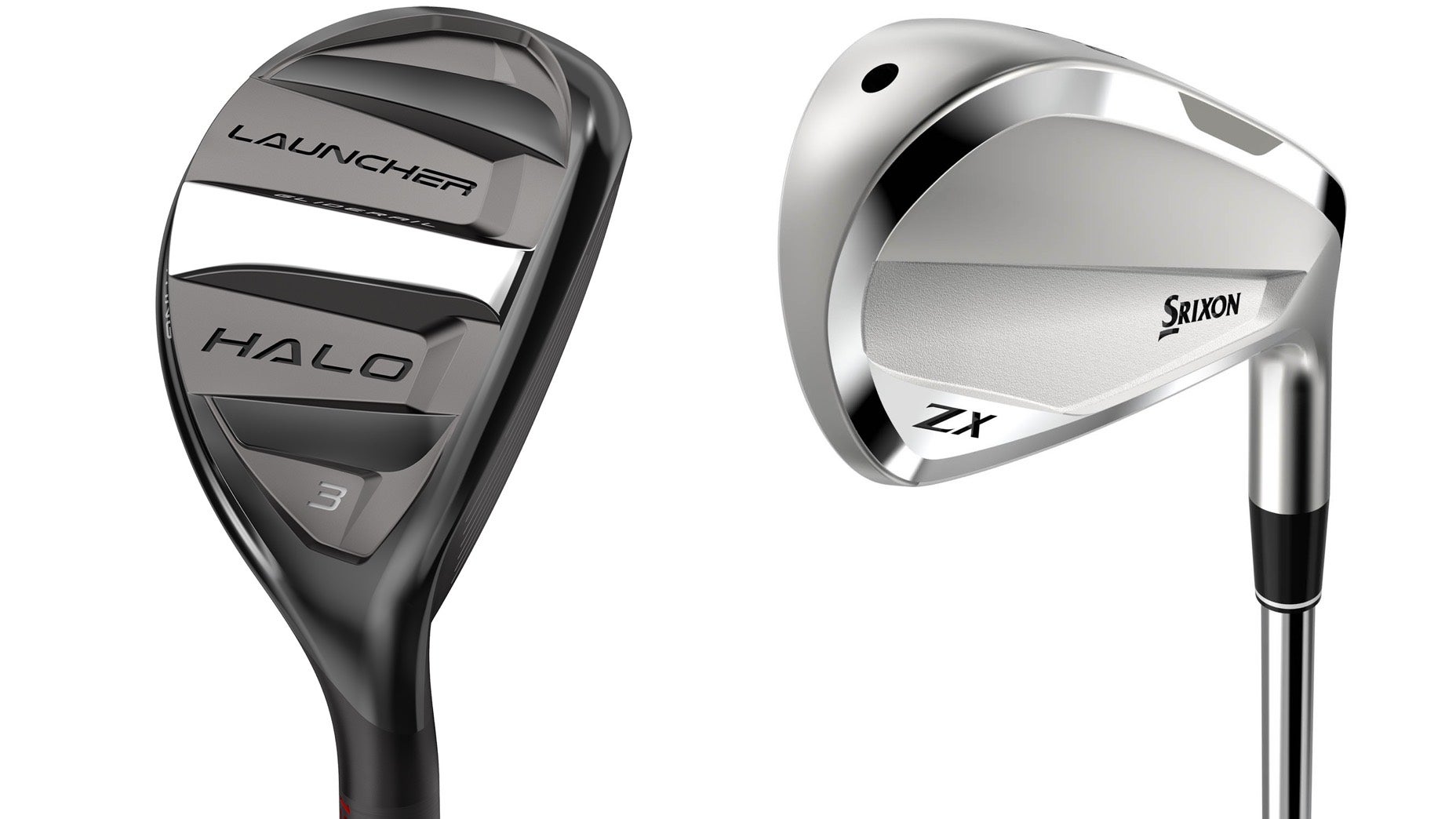
Welcome to Gear Questions You’re Afraid to Ask, a GOLF.com series produced in partnership with Cleveland Golf. This week we’re exploring the great debate between hybrids and utility irons. Which one is better suited for your game? Here’s what you need to consider.
Ever heard of “choice anxiety”? It’s a mental state that happens when you have too many options to choose from, causing distress and a lack of confidence when decision time comes knocking. It a common affliction for most golfers. We scour golf shops and websites, perusing a myriad of club options to round out all 14 clubs in our bags. Shopping for clubs can be fun and exciting, but it can also be daunting, overwhelming, and more often than not, confusing.
This especially rings true when it comes to selecting a hybrid or utility iron. Both club types are designed to replace your long irons, yet hybrids and utility irons are quite different in how they look and perform.
How do you know which one is right for you? Let’s break down the differences between the popular long-iron replacement offerings.
1. What is a hybrid?
Hybrids resemble fairway woods, often sharing some of the same wood-like technologies including a thin crown and carefully tuned internal weighting. The big difference comes down to how hybrids are made to strike the ball with a descending blow, where fairway woods and long irons perform best with sweeping or even slightly ascending blows. So even though it looks kind of like a fairway wood, a hybrid is actually designed to be wielded much the same as you would with a middle iron — with divots and all.
Cleveland Launcher Halo hybrid
For years, hybrids really only came in one shape. But due to the rise in popularity of the club, you can now find them in compact profiles for better players and larger footprints meant to appeal to mid- to high-handicappers who might need a bit more face to play with. Some even feature adjustable weighting to alter launch, spin and shot shape.
2. What is a utility iron?
In most cases, utility irons have a hollow-body design, a slightly widened sole and perimeter weighting. The face profile of a utility iron retains a high-toe iron shape, and in our testing, performs best with a faster swing speeds and a shallower path into the ball.
Even still, utility irons are both longer and more forgiving than traditional long irons and tend to be popular replacements for better players. Case in point: Cleveland’s Launcher UHX Utility, which looks and feels like an iron, has a hollow-body design and a variable steel face for distance and greater accuracy on off-center strikes. If you’re looking for a club that delivers an iron-like launch with a similar look and feel, this is a great place to start.
3. Where do hybrids differ the most from utility irons?
Because hybrids have a fairway wood-like profile, club designers have more room to push the center of gravity lower and deeper in the clubhead. This promotes a higher launch and added spin, which is especially useful for players with moderate to slow swings and/or for hitting shots from the rough.
A solid example of this is the Cleveland Launcher Halo hybrid, which offers a center of gravity positioned low as it can go for a higher launch and more distance.
4. Where do utility irons differ the most from hybrids?
Utility irons produce less backspin and a lower launch, meaning better players can actually hit fades and draws much more easily than they can with hybrids. It’s worth repeating: Even though they aren’t as forgiving as hybrids, utility irons are easier to hit than traditional long irons and also come in a variety of profiles, including some that are streamlined with minimal offset to blend in with your iron set.
5. Try before you buy
Ever bought two brands of pants that are labeled the same size but fit completely differently? That happens a lot when it comes to hybrids and utility irons. A 3-hybrid and a 3-utility might match in loft, but in terms of how they perform, there might be a huge difference. A lot of that has to do with internal geometry, which ultimately determines how the club is going to perform.
Make sure you get plugged in with a certified club-fitter to determine the best fit for your game. You might find a hybrid with a slightly stronger loft is better suited for your gapping and ball speed needs. Bottom line, don’t go it alone. You’ll end up wasting time and money if you do.
Want to really dial in your bag setup? Schedule a club and ball fitting with the experts at our sister company, True Spec Golf.




